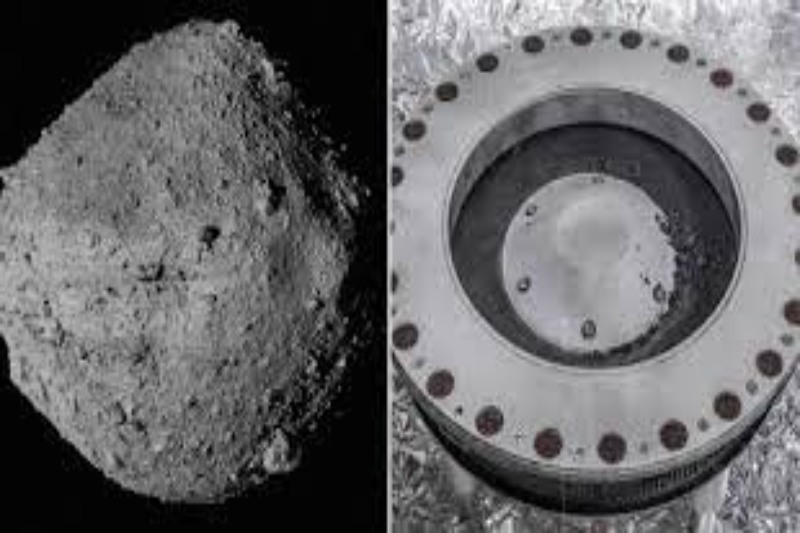Scientists from NASA are diligently sorting through debris from an asteroid that originated at the beginning of the Solar System, and what they’ve discovered thus far is amazing.
The US space agency’s first sample return mission to the asteroid Bennu produced some extremely unusual asteroid dust, as the journal Nature reports in a news brief. However, researchers haven’t been able to test it all yet because two of the screws in its sophisticated canister still won’t come loose.
Two of the 35 screws on the OSIRIS-REx capsule, which was used to gather dust samples from the ancient Bennu, have been stuck after it landed at the end of September. Even though researchers have already extracted almost 70 grams of space dust, there is still more that is inaccessible.
In an interview with Nature, Dante Lauretta, a planetary scientist from the University of Arizona who oversees OSIRIS-REx’s scientific investigation, said, “It’s kind of like Schrödinger’s sample.” “We don’t know what’s in there.”
Even though the Fort Knox-like container mystery has been excruciating, the analysis that has been done thus far has produced some very amazing findings, even though they have also left scientists with more questions than answers.
At the December 11 American Geophysical Union meeting in San Francisco, Lauretta stated that the Bennu samples he and his team have analyzed so far appear distinct, even to the unaided eye. The majority of the material is black, but some of it has a bluish gleam. Other, smaller chunks are lighter in color and have a unique reflection that contrasts with the other stones that OSIRIS-REx brought back.
According to the preliminary study, those lighter-colored particles are magnesium, phosphate, and sodium. The UA planetary scientist clarified that the outer layer is brilliant and brittle and chips off to reveal darker rock underneath it. Even more bizarre: according to Lauretta, that combination is regarded as uncommon among asteroids, which makes it a “head-scratcher.”
The chemical molecules with carbon-carbon or carbon-hydrogen bonds that may be the building blocks of life are also discovered in the early Bennu investigations. Similar compounds have been found in meteorites found on Earth, and as Nature explains, those minerals rich in carbon might have played a role in the emergence of life on our planet.
The Bennu samples are significant despite their technical challenges because, in Lauretta’s words, “they represent the first time NASA has been able to physically handle such ancient materials.”
The scientist declared, “This alone makes the entire mission worthwhile.” “We now have abundant pristine material.”


